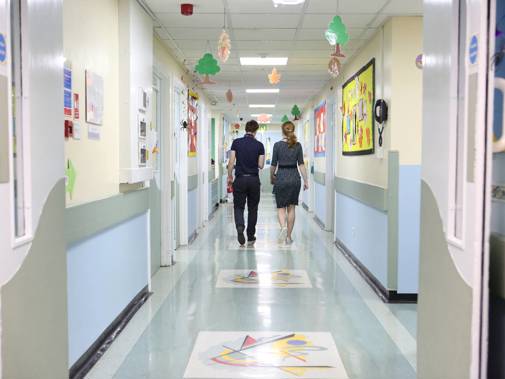When the UK Government introduced its Strikes (Minimum Service Levels) Bill earlier this year, the BMA repeatedly warned it was the wrong thing to do.
Interfering with workers’ right to strike in this way was heavy-handed, disproportionate and unnecessary, the organisation said, and would only serve to worsen already soured industrial relations.
Ministers pressed ahead anyway, and after a rush that some might call unseemly, the legislation hit the statute books in the summer.
This haste has meant the UK Government is now trying to play catch-up by trying to work out just what it means by ‘minimum service levels’. It has been consulting on minimum service levels for hospital settings – retrospectively, and after the primary legislation handing the secretary of state immense powers to set the level themselves has been passed.
The whole idea of minimum service levels – intended to ensure there is what is essentially ‘safe’ staffing during strike periods – sticks in the craw of the BMA and other health unions for a variety of reasons. For example, the irony has not been lost on those who have been campaigning for safe staffing levels (already implemented in the Scottish NHS).
While the UK Government has refused to legislate to ensure there are enough workers to staff services properly in non-strike periods, they gave precious parliamentary time to mandating safe staffing levels when doctors and others are exercising their wholly legitimate right to strike.
The BMA has of course responded to the latest consultation, pointing out that the current state of the NHS – with 10,000 doctor vacancies in England alone – compromises patient safety. The Government should focus on that, the BMA says.
‘Curtailing doctors’ right to strike could lead to doctors’ grievances going unaddressed, resulting in even greater workforce attrition and subsequently higher workloads, with obvious knock-on impacts for staff and patient safety,’ it adds.
‘The Government should be taking action to ensure the NHS is safely staffed 365 days a year, which means addressing lost value of doctors’ pay and poor working conditions that result in more and more doctors leaving the NHS.’
Calling on ministers to prioritise resolving disputes rather than attacking legitimate trade union activity, the BMA also stresses that the UK already has some of the most restrictive trade union law in Europe – and warns that the Government’s approach could remove striking doctors’ protection from losing their jobs.
The BMA also says ‘life and limb’ protections already exist within current trade union law, making the new legislation unnecessary, and casts doubt on the Government’s figures.
For example, the consultation points to 22 critical incidents declared during strike action since December 2022, but a BMA Freedom of Information request into critical and major incidents called during 2022 and 2023 found there were four critical incidents owing to operational pressures called during the 27 days of junior doctor and nine days of consultant strike action.
It’s unclear whether these critical incidents were a direct result of strike action, the union adds, pointing out that there were 234 critical incidents declared in 2022 when there was no strike action.
‘Rather than demonstrating patient safety was compromised due to industrial action, the data shows the importance of tackling the stress the NHS faces daily, which means investing in the workforce, and clearly undermines the Government’s stated rationale for minimum service levels.’
The UK Government will issue its response to the consultation in due course.

